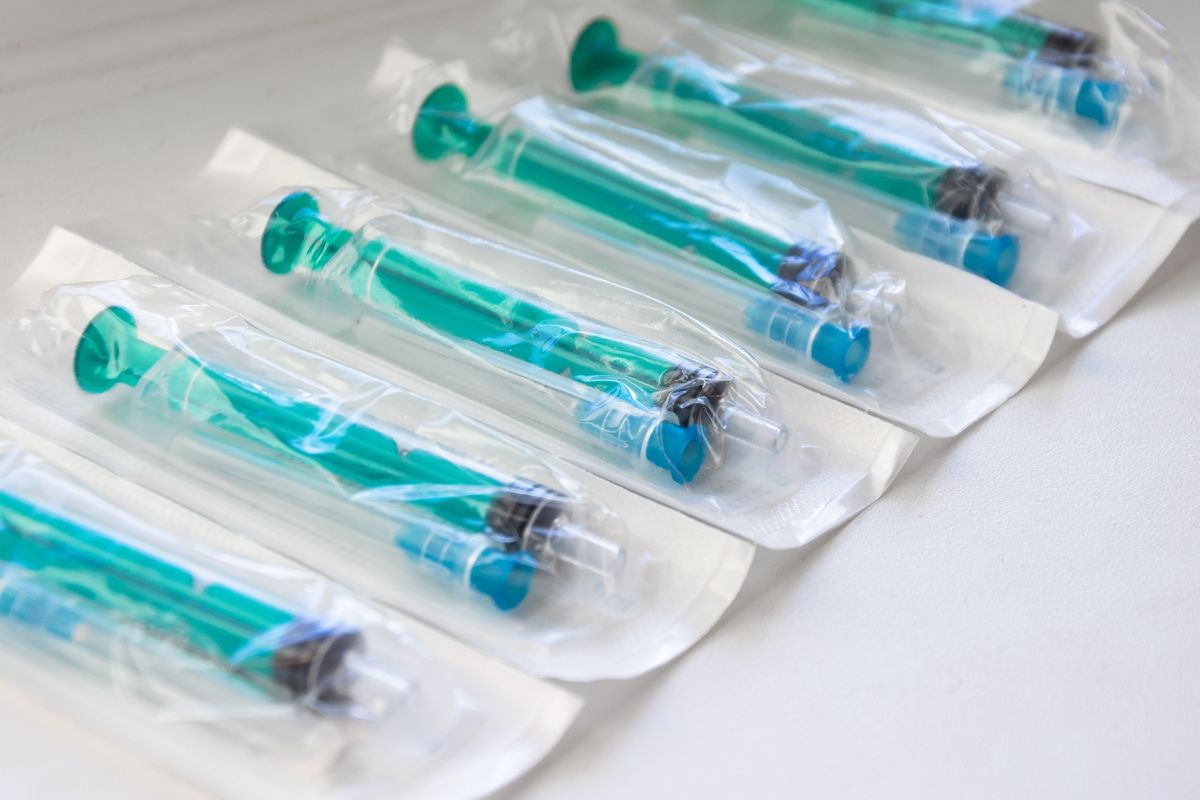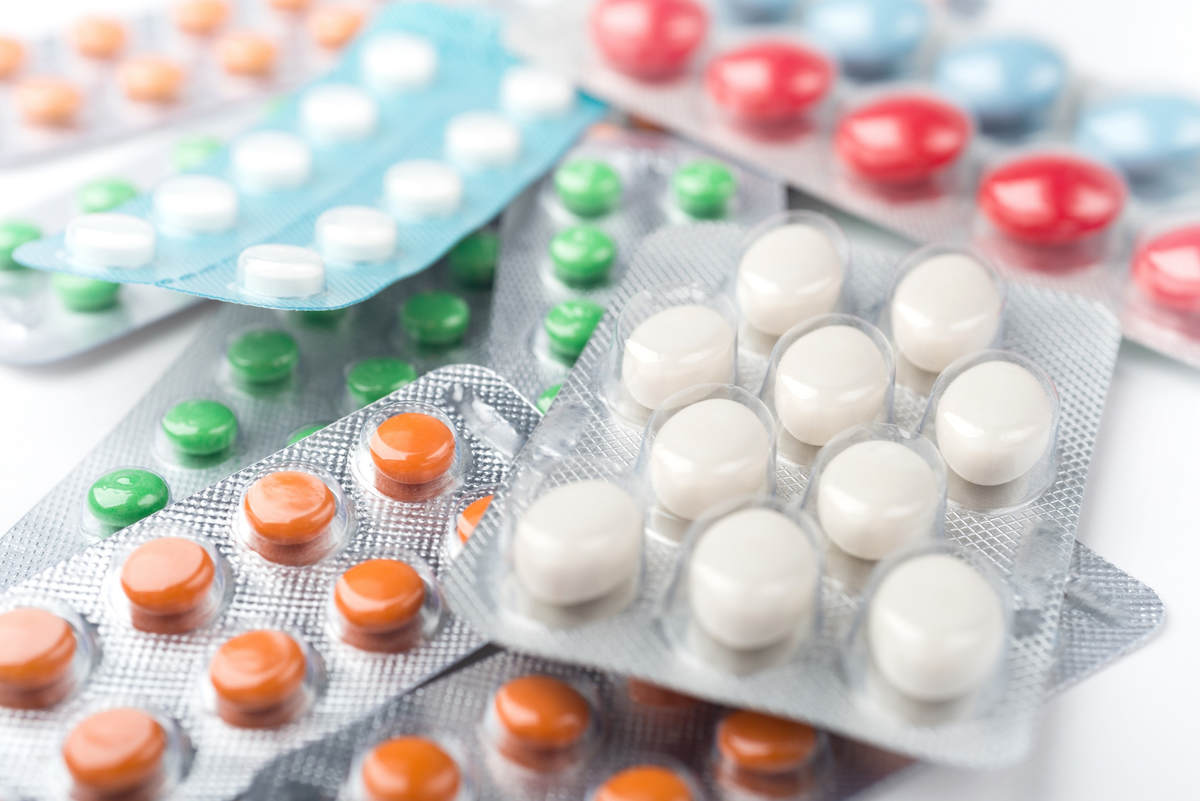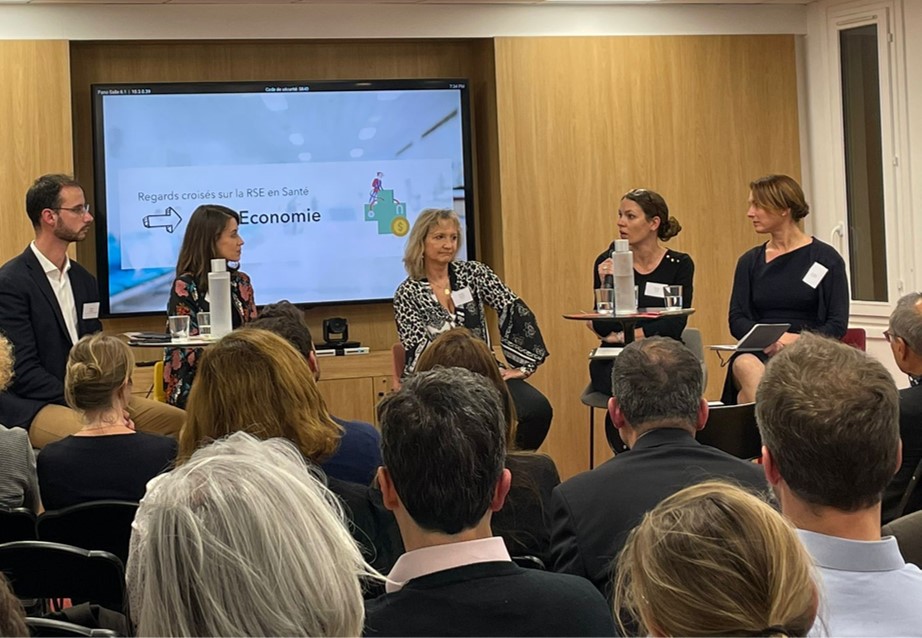Are syringes recyclable?
In order to create a circular economy for used syringes, they must be made and consumed in a way that minimizes our use of the world’s resources, cuts waste and reduces carbon emissions. This can occur through a combination recycling and redesigning the syringe materials so the materials can be used indefinitely.
As mentioned, syringes, and their packaging, are comprised of plastics, while the needle itself is comprised of high-grade stainless steel. Most syringes are packed in a nylon-based forming film that is partnered with a porous web made from polypropylene, and the barrel, plunger, protective cover, needle hub, and needle adapter are made from polyethylene or polypropylene plastic.
On paper, polyethylene and polypropylene plastic can usually be recycled if gathered in large enough quantities and stainless steel is highly recyclable. The issue is that used needles are treated as medical waste and then incinerated to kill off all pathogens that the syringe was exposed to.
Most people assume that because needles are considered medical waste, syringes must be as well. However, this is not the case, syringes without needles are actually recyclable to varying degrees. The caveat is that the recyclability depends on what substance was contained in the barrel of the syringe, and the syringe must be recycled without the needle. Syringes that have contained blood and other body fluids are impossible to process, and syringes that contained insulin are unable to be recycled due to the release of toxins into the environment during recycling. These conditions present a significant barrier to creating a sustainable and long-lasting circular economy for disposing of used syringes. This issue ultimately comes down to the logistical hurdles and safety risks present when trying to collect and recycle the syringes.
Managing potentially contaminated syringes: a major logistical challenge
The first logistical hurdle present in recycling used syringes is that many recycling firms are unwilling to accept syringes due to the potential dangers of needle sticks and contamination with pathogens and biological fluids. This concern is largely focused on the needles, and poses high-risk to employees who would need to separate needles from the plastic barrels, as they are often small, incredibly sharp, and difficult to manipulate safely.
Current estimates suggest a person who experiences one needle stick injury from a needle used on an infected source patient has risks of 30%, 1.8%, and 0.3% respectively of becoming infected with HBV, HCV, and HIV. Being that a large amount of syringes would need to be collected to make their recycling feasible, this poses a high-risk low reward scenario for recycling firms.
Additionally, even if there was a way to clean used syringes, there will be many individuals who will forgo using a recycled syringe due to the fear of potentially contracting life-threatening pathogens.
Fortunately, there have been ventures by stakeholders across the world to increase the recyclability of syringes in the pursuit of creating a more circular economy.
Learn more about how our team can support you in your projects related to recyclability >
Current ventures to reduce syringes environmental impact
Presently, there are multiple entities that have endeavored to make the collection and disposal of syringes more carbon friendly than the current standard.
A notable project is the work of the company Stericycle which distributes reusable sharps containers that can be sanitized and used over again. This approach decreases the need to manufacture new containers for the collection of used syringes.
Next, downcycling the plastic can turn used syringes into new useful materials in other industries with high carbon footprints, such as construction, which Sharps Compliance accomplishes by downcycling incinerated syringes. Sharps Compliance’s ”Complete Needle System” collects used syringes for incineration to generate their signature material, PELLA -DRX. PELLA-DRX is a pellet-like material constituted of medical waste that is used in the manufacturing of cement, vital to everything from homes, highways, and high-rise buildings.
While the focus of these companies creates a substantial impact on the collection and disposal of used syringes, there currently do not appear to be any significant ventures towards creating truly circular economies for the reuse of cleaned syringes or as a raw material to make new ones.
At the moment, creating a circular economy for used syringes does not seem to be a feasible enterprise without new innovation, mostly due to used needles being too troublesome to collect and recycle. While this is rather unlikely to change for used needles, there may be feasibility in creating a circular economy over the plastic portion. As mentioned, syringe barrels and their packaging are made of highly recyclable materials that in some cases are already recyclable. However, the largest hurdle will be collecting large amounts of used syringes that have been separated from the needle component. Imaging solutions for this problem involves rethinking how we approach the separating the needle from the syringe barrel.
The current design of syringes makes this difficult since they are designed to ensure the needle does not come off unintentionally to reduce the likelihood of needle sticks. Possible options to increase the feasibility of separating components could be adjusting syringe design to remove the needle more easily from the barrel or creating devices that can precisely cut off and collect the needle. Given the large contribution of medical waste to the healthcare carbon footprint, companies and public stakeholders will need to look for more innovative solutions for how we can do better at reducing and recycling medical waste, such as syringes, and Alcimed can support you in exploring these leads. Don’t hesitate to contact our team!
About the authors,
Steven, Consultant in Alcimed’s Life Sciences team in the U.S.
Danna, Great Explorer in Infectiology and immunology in Alcimed’s Life Sciences team in the U.S.



